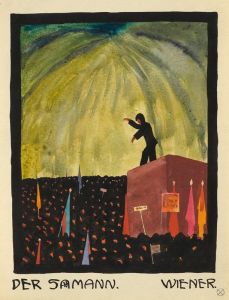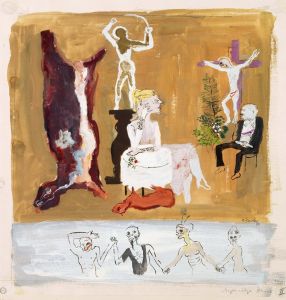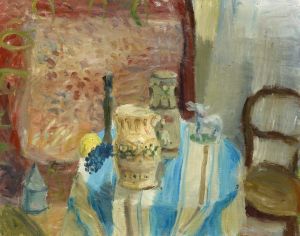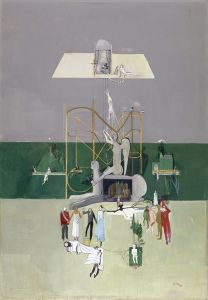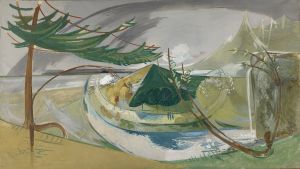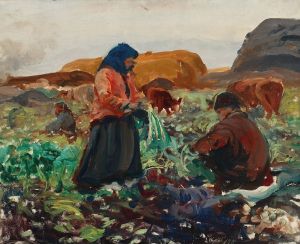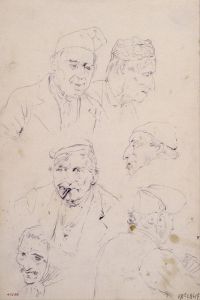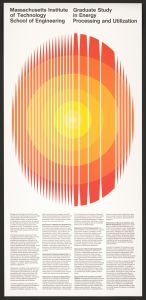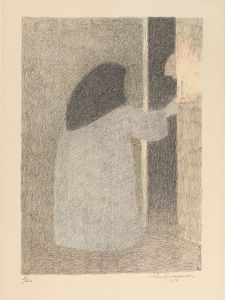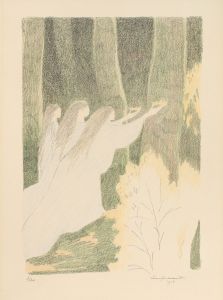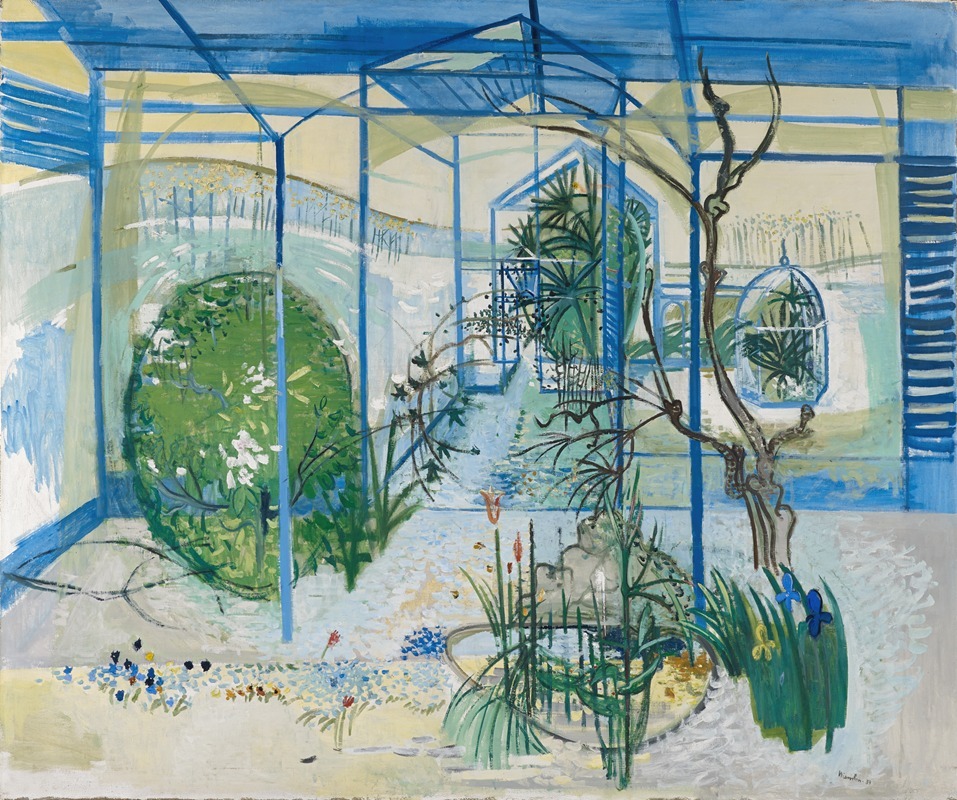
Greenhouse
A hand-painted replica of Walter Kurt Wiemken’s masterpiece Greenhouse, meticulously crafted by professional artists to capture the true essence of the original. Each piece is created with museum-quality canvas and rare mineral pigments, carefully painted by experienced artists with delicate brushstrokes and rich, layered colors to perfectly recreate the texture of the original artwork. Unlike machine-printed reproductions, this hand-painted version brings the painting to life, infused with the artist’s emotions and skill in every stroke. Whether for personal collection or home decoration, it instantly elevates the artistic atmosphere of any space.
Walter Kurt Wiemken was a Swiss painter known for his contributions to the avant-garde art movements in the early 20th century. One of his notable works is "Greenhouse," a painting that reflects his unique style and artistic vision. However, detailed information about the painting "Greenhouse" itself is limited, and it is not as widely documented as some of his other works.
Wiemken was born in Basel, Switzerland, in 1907 and became an influential figure in the Swiss art scene. He was associated with the Rot-Blau group, a collective of artists who were inspired by Expressionism and sought to explore new artistic directions. Wiemken's work often featured vibrant colors and dynamic compositions, characteristics that were emblematic of the Expressionist movement.
Throughout his career, Wiemken was interested in exploring themes of nature and human emotion, often blending the two in his work. His paintings frequently depicted landscapes, urban scenes, and interiors, capturing the essence of his subjects with bold brushstrokes and a vivid palette. "Greenhouse" likely fits within this thematic framework, although specific details about the painting's composition, size, and current location are not readily available.
Wiemken's artistic journey was marked by a continuous evolution of style. He was influenced by various art movements, including Cubism and Surrealism, which can be seen in the way he experimented with form and perspective. His ability to synthesize these influences into a cohesive and personal style made his work stand out in the Swiss art community.
In addition to his painting career, Wiemken was also involved in teaching and mentoring young artists. He played a significant role in fostering the development of modern art in Switzerland, encouraging experimentation and innovation among his students.
Tragically, Wiemken's life and career were cut short when he died in 1940 at the age of 33. Despite his brief career, he left behind a significant body of work that continues to be studied and appreciated for its contribution to modern art.
While specific information about "Greenhouse" is scarce, Wiemken's overall impact on the art world is well recognized. His works are held in various collections and continue to be exhibited, reflecting his enduring influence on Swiss art and his role in the broader context of 20th-century modernism.
In summary, Walter Kurt Wiemken's "Greenhouse" is a testament to his artistic vision, characterized by expressive use of color and form. Although detailed information about this particular painting is limited, Wiemken's legacy as a pioneering Swiss artist remains significant. His contributions to the avant-garde movements of his time and his influence on future generations of artists underscore his importance in the history of modern art.





